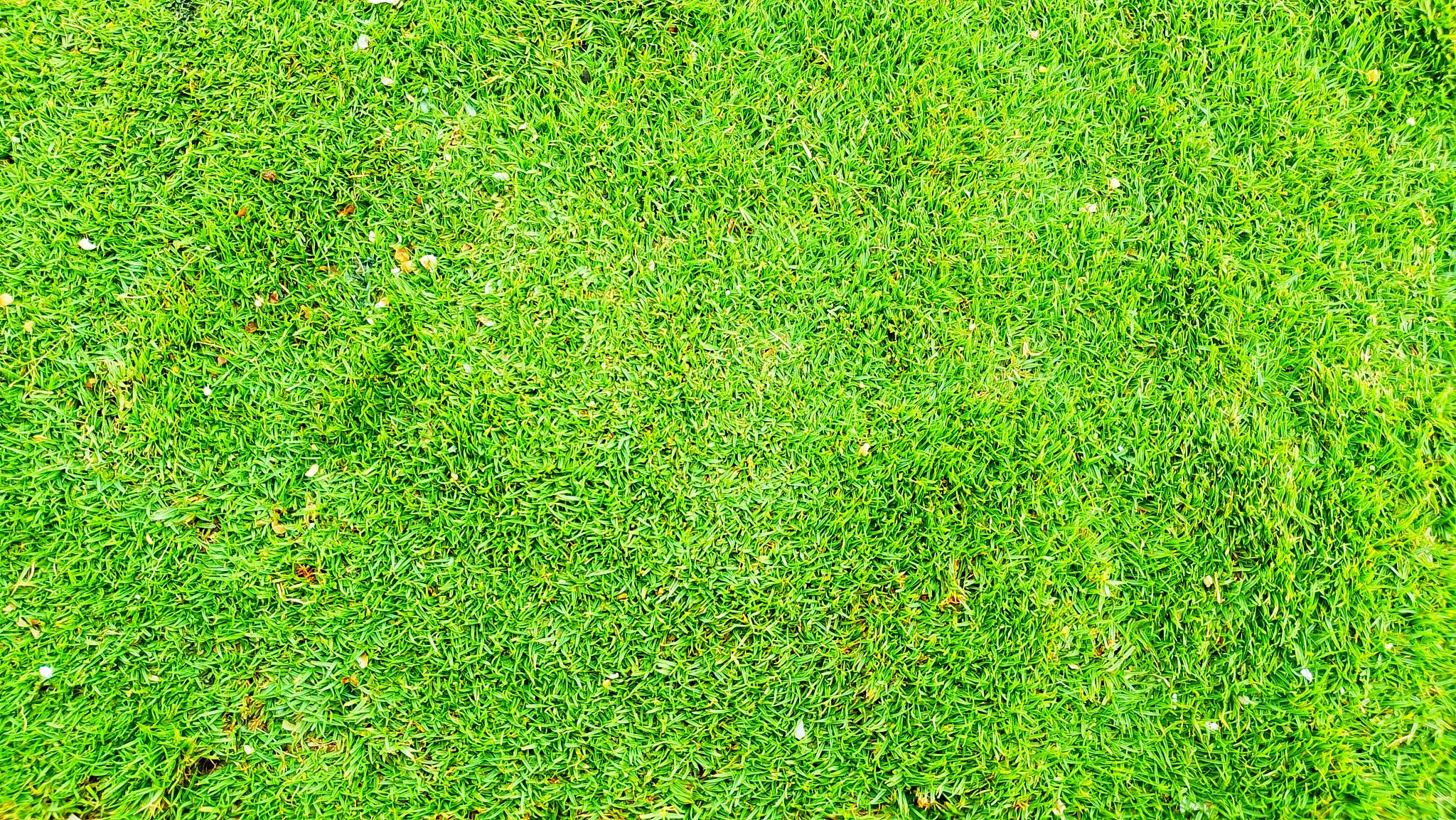DIY Lawn Care Tips for Bermuda Grass Enthusiasts
Understanding Bermuda Grass
Bermuda grass is a popular choice for lawns due to its resilience and lush appearance. Known for its ability to withstand heat and drought, it thrives in warm climates. However, maintaining a verdant Bermuda lawn requires specific care techniques. Whether you're a seasoned gardener or a beginner, understanding the unique needs of Bermuda grass is essential.

Soil Preparation and Testing
Before planting or maintaining Bermuda grass, soil preparation is crucial. Start by testing the soil's pH level, as Bermuda grass prefers a pH between 5.8 and 7.0. You can use a DIY soil test kit available at most garden centers. If the pH is outside this range, consider adding lime to raise it or sulfur to lower it.
In addition to pH, ensure your soil is well-aerated. Compacted soil can impede root growth and water absorption. You can use a garden fork or an aerator to loosen the soil, promoting better air and water flow.
Proper Mowing Techniques
Mowing is a critical component of Bermuda grass maintenance. To keep your lawn healthy, mow it to a height of about 1 to 1.5 inches. Regular mowing encourages dense growth, preventing weeds from taking over. Ensure your mower blades are sharp to avoid tearing the grass, which can lead to disease.

Mowing Frequency
During the growing season, Bermuda grass may need mowing every 5 to 7 days. This frequency helps maintain the ideal height and promotes a thick, lush lawn. Adjust your mowing schedule based on growth rate, which can be influenced by weather and fertilization.
Watering Wisely
Bermuda grass requires about 1 to 1.5 inches of water per week, including rainfall. Water deeply but infrequently to encourage deep root growth. Early morning is the best time to water your lawn, reducing evaporation and fungal diseases. Avoid shallow, frequent watering, which can lead to weak roots.

Fertilization and Weed Control
Fertilizing your Bermuda grass is essential for maintaining its vibrant green color. Use a nitrogen-rich fertilizer, applying it every 6 to 8 weeks during the growing season. Avoid over-fertilizing, which can lead to thatch buildup and environmental harm.
Weed control is equally important. Regular mowing and proper fertilization can minimize weeds, but you may need to use a pre-emergent herbicide in early spring to prevent weed seeds from germinating. Be cautious with herbicides, as improper use can damage your lawn.
Dealing with Pests and Diseases
Bermuda grass is susceptible to certain pests and diseases, including armyworms and brown patch. Regular lawn inspection can help you identify issues early. If you notice signs of pest damage or disease, consider using appropriate pesticides or fungicides, following the manufacturer's instructions carefully.
Maintaining a healthy lawn through proper care techniques can significantly reduce the risk of pests and diseases. A robust, well-managed lawn is less likely to suffer from infestations.

Seasonal Care Tips
As the seasons change, so do the needs of your Bermuda grass. In the fall, consider overseeding with ryegrass to maintain a green lawn through winter. During the cooler months, reduce your mowing frequency and be mindful of frost, which can damage the grass.
In the spring, focus on dethatching and aeration to prepare your lawn for the growing season. These practices help remove dead grass and improve soil health, setting the stage for vibrant growth.
By understanding and implementing these DIY lawn care tips, Bermuda grass enthusiasts can enjoy a lush, healthy lawn year-round. With proper care, your Bermuda grass lawn will remain the envy of the neighborhood.